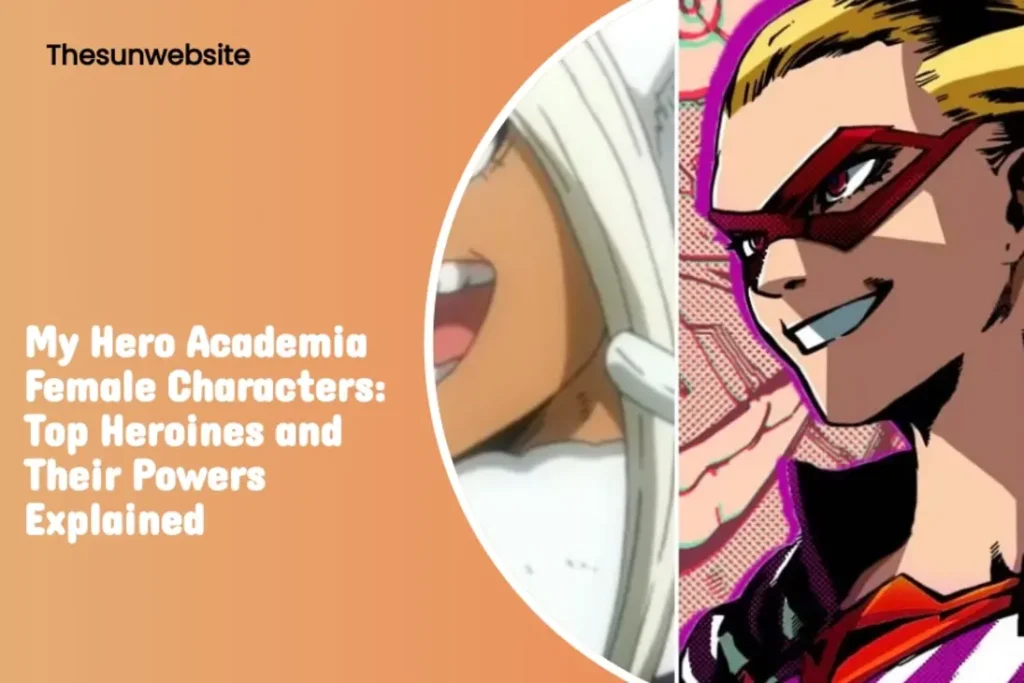In the vibrant universe of My Hero Academia, female heroes are dynamic and complex, each bringing depth through their unique abilities and personalities. While the series is proud of its diverse characters, how do the My Hero Academia Female Characters stand out in terms of narrative presence? At Thesunwebsite, we explore their strengths and challenges, celebrating their contributions while highlighting areas for growth. These heroines inspire and provoke reflection, offering empowering stories within the world of quirks and heroics.
Representation and Narrative Roles in My Hero Academia
The depiction of female characters in My Hero Academia is a rich topic that sparks debate. While the series has been celebrated, concerns remain about whether it fully channels its female characters’ potential. These women often have complex backstories and fascinating quirks yet sometimes fall short in narrative prominence compared to their male counterparts.
Criticisms of Female Character Utilization
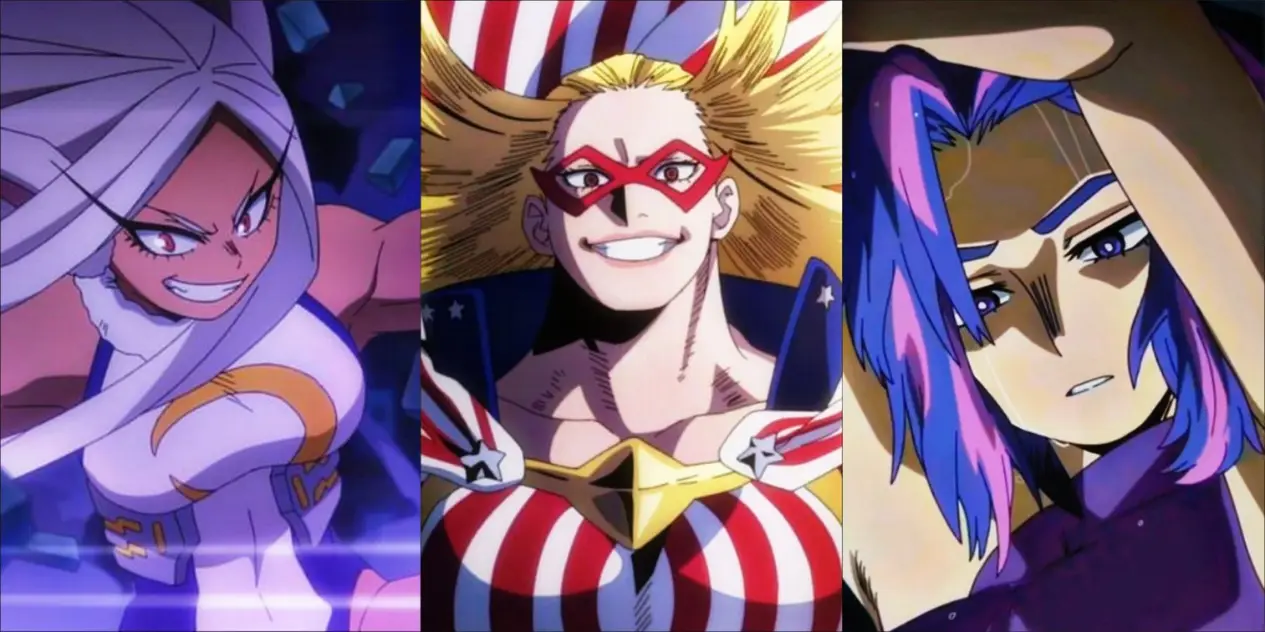
This image captures how these formidable female characters shine with remarkable abilities, yet there’s a sentiment that their stories could offer more depth. Past story arcs may have favored male characters, but there’s a noticeable shift as the creators strive for more balanced storytelling. This evolution is not just about rectifying past omissions but about crafting richer narratives that engage audiences on multiple levels.
The change in focus is a promising move towards amplifying the voice and presence of these female heroes within the plot.
Positive Aspects and Strengths of MHA Female Characters
Despite the criticism, the strength of MHA Female Heroes lies in their depiction as beyond mere supporting roles. Icons like Ochaco Uraraka and Momo Yaoyorozu exemplify resilience and brilliance, significantly contributing to the overarching storyline. Their prowess is not just in combat but in their ability to grow and evolve alongside the series.
Key Heroes and Students
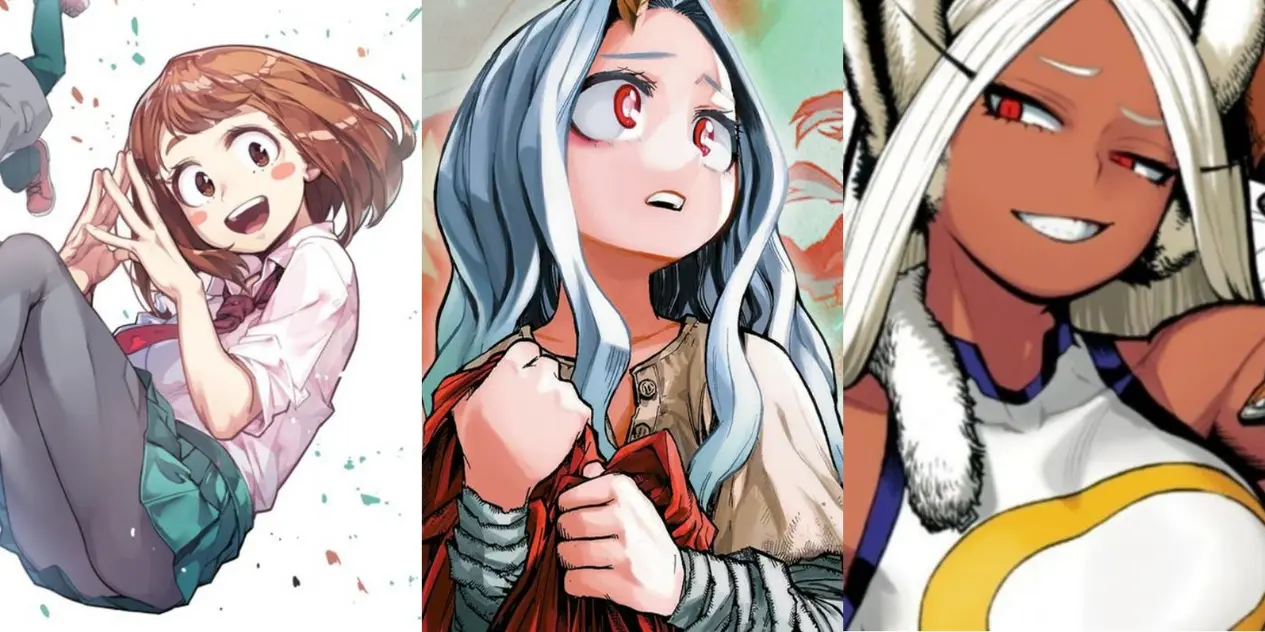
For instance, Tsuyu Asui (Froppy) and Mina Ashido (Pinky) add layers to the narrative. Froppy’s frog-like abilities combine with intelligence and adaptability to make her a vital ally. Pinky’s acid manipulation isn’t just about power but about strategy and creativity. These characteristics make them pivotal in their world, transforming them from mere side characters to heroines with astounding potential.
Their journeys highlight not just their quirks but their critical thinking and moral compass.
Villains and Antagonists: Exploring Dynamic Roles
Beyond the heroic exploits, My Hero Academia also excels in crafting intricate female villains who defy traditional roles. These characters add depth and complexity to the narrative, often blurring the lines between heroism and villainy.
Notable Female Villains in MHA
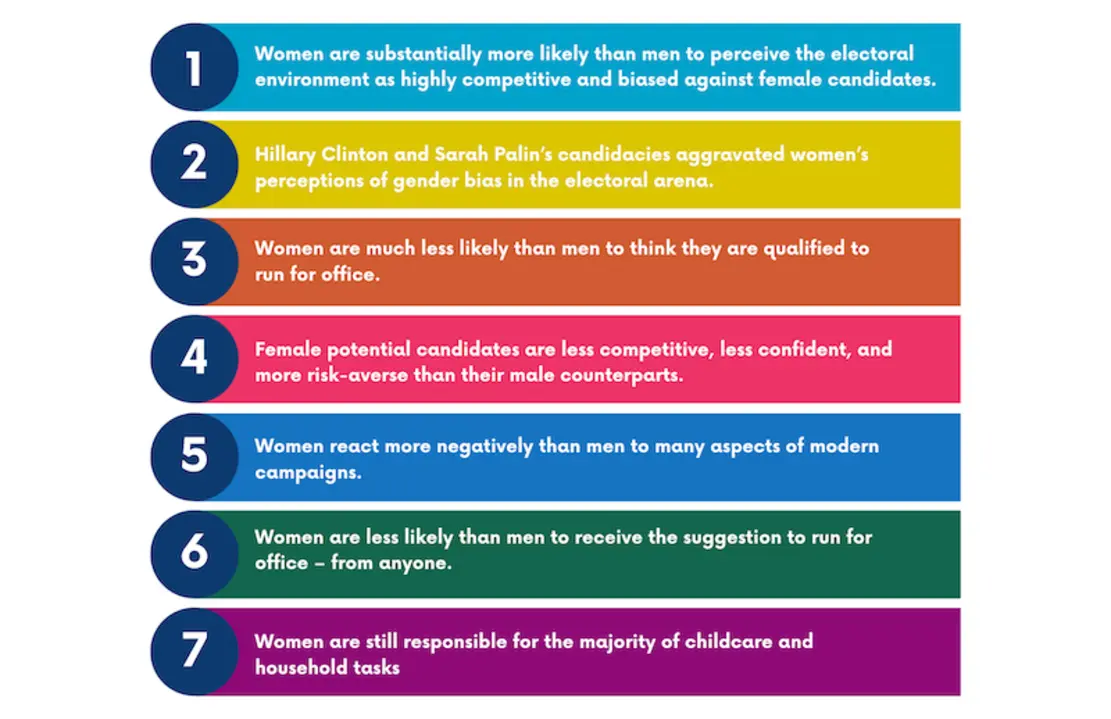
One cannot overlook characters like Himiko Toga who challenge societal norms and bring philosophical depth to the series. Toga’s quirk of transformation is not only unique but brings in themes of identity and rebellion. Her character serves as a lens to explore the fine line between being ostracized and empowered, making her a fascinating study within the MHA universe.
Such characters remind fans that villainy is often a matter of perspective, providing rich material for both character study and narrative tension.
Trends and Developments in My Hero Academia 2025
Fast forward to 2025, and My Hero Academia has seen a remarkable transformation that continues to nurture fan engagement and media presence, setting the stage for the enriched portrayal of its My Hero Academia Girls.
Media Expansion and Fan Engagement
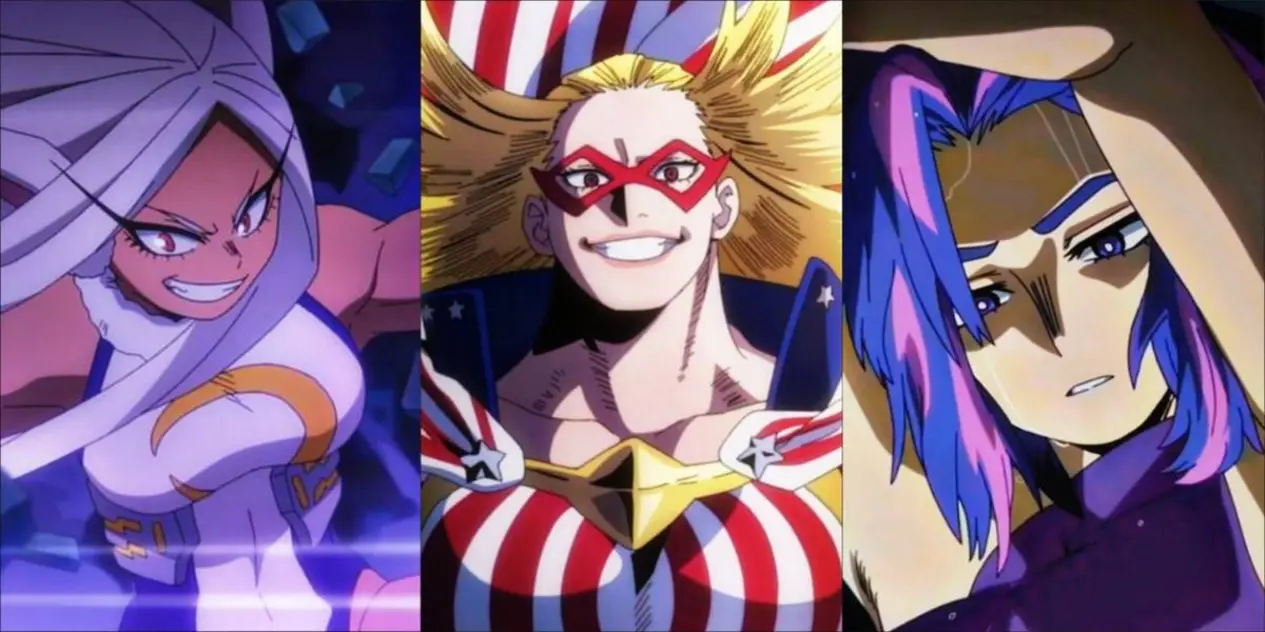
In conclusion, there is a palpable move towards equitable representation in My Hero Academia. These My Hero Academia Female Characters are increasingly central to the narrative, contributing to a universe that celebrates powerful tales of courage, friendship, and growth. Their ongoing development promises to keep captivating audiences worldwide for years to come, resonating deeply with fans. For more insights on this evolving world, visit thesunwebsite.com.

